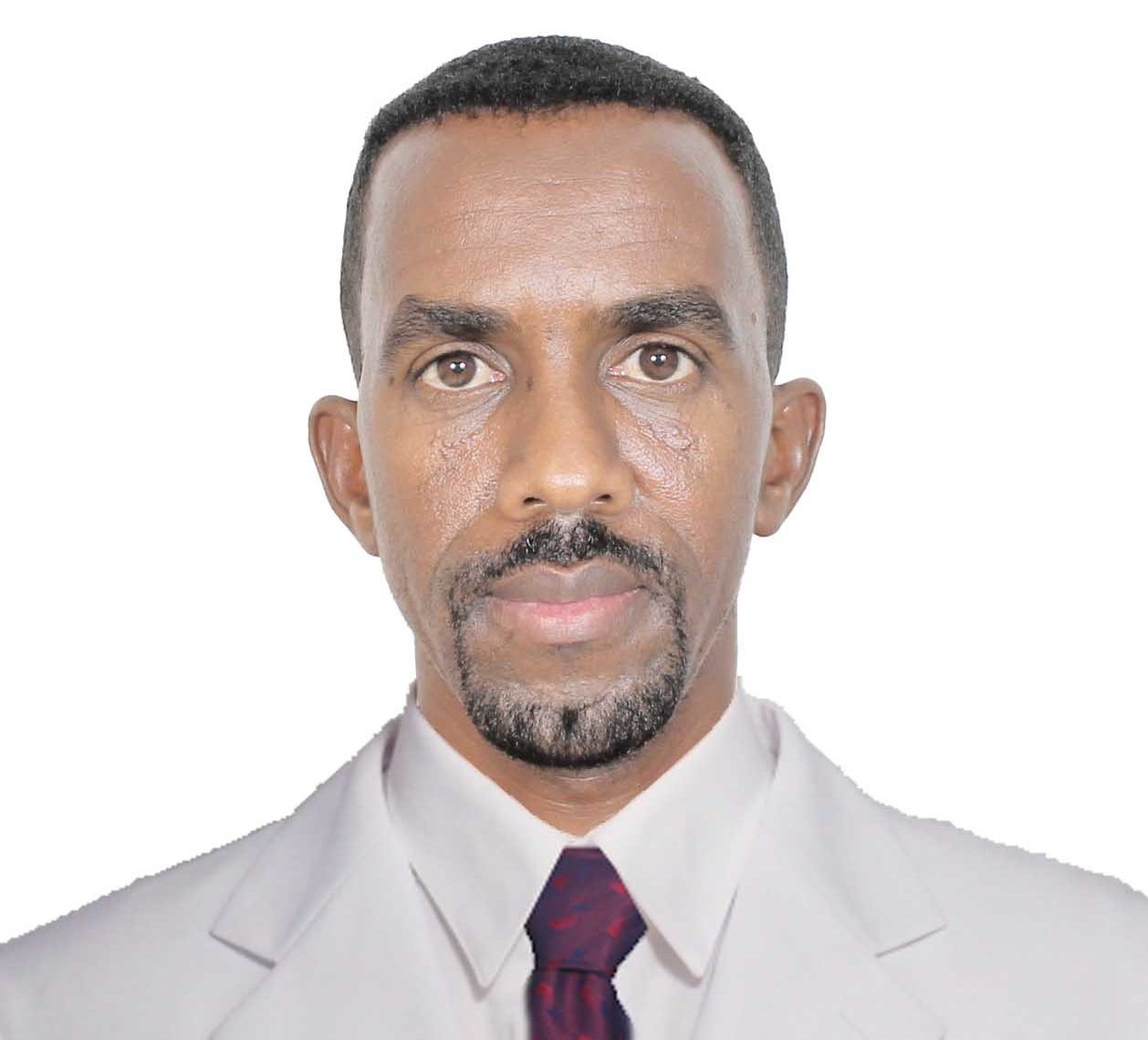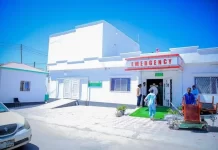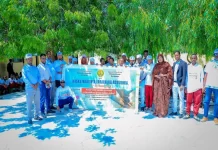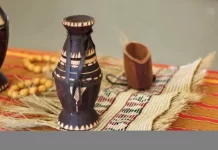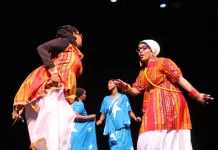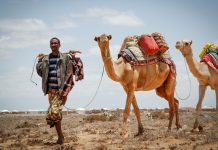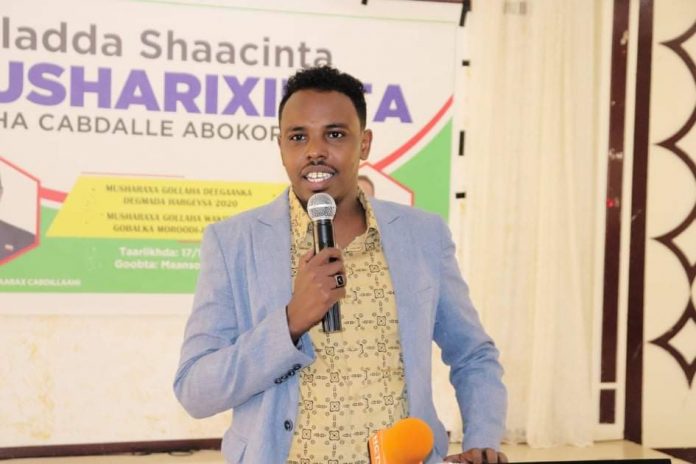International Women’s Day is observed on 8 March every year since 1975 with the annual event being recognized by the United Nations (UN). To celebrate the women’s movement and struggle for equality and amplifying the inequalities they face every day and to recognize the social, political, and cultural achievements of women over years. This year’s celebration will be a little different around the world because of the Covid-19 pandemic. To mark the day, different organizations have chalked out elaborate programs maintaining health guidelines and social distancing rules. This year, the theme for International Women’s Day is #ChooseToChallenge, which encourages women to challenge whatever is holding them back.
Just as we are middle in the “decade of action” in fulfilling the Sustainable Development Goals (SDGs) of the UN’s Agenda 2030 last year, the COVID-19 pandemic struck and women are more likely to be disproportionately negatively affected. Hence, much still needs to be actively done to fulfill the goal of “gender equality” as envisioned in SDG-5. There are tangible incentives to work towards gender equality. Actually, when women do better, everyone benefits — GDP rises, families are better-taken care of, and children receive better nutrition and education, to mention a few; which is why it is imperative to incorporate a gender-first approach in the post-pandemic recovery.
The global theme for IWD this year “Women in leadership: Achieving an equal future in a COVID-19 world” is particularly relevant in Somaliland, where all the female staff and volunteers from Somaliland play a critical role in the prevention and response to COVID-19. They have participated and organized different programs and events highlighting the significance of this incredible day. They sent encouraged and impressive messages, greetings to women across the world.
In recent years Somaliland has made much progress on many fronts across the years. Female labor force participation is among the few development indicators that have stubbornly refused to move in the right direction. In every skilling and livelihoods effort, we need to break out all of the gender barriers and stereotypes of what jobs are suited for women. That is an idea whose time has long since passed.
Every day, we see the amazing contributions that women and girls make, to their families, to their communities, and to their country but studies also show that they are facing increasing risks to their safety and security. It is our collective responsibility to take all measures possible to ensure the safety of women and girls so that they are able to take on those decision-making and leadership roles in a meaningful way.
Crises of all kinds disproportionately impact women; COVID-19 created a health emergency and also wreaked havoc on economies. History shows that in the aftermath of these economic tornadoes, women tend to earn less. They also have fewer savings and often less access to social protection. Ironically, those that managed to hold on to employment were burdened with unpaid care and domestic work; therefore, forcing them to drop out of the labor force. On top of that, a skewed social structure works at gating women out of the workforce right from the start.
Finally, I wrote this piece of commentary to participate in my role on women’s day to Improve access services for victims of gender-based violence, including by establishing an adequate number of shelters accessible to all survivors—at least one in every district— and providing survivors with financial support, housing, legal assistance, support services, counseling, and health and mental health services. Implement ongoing public awareness campaigns to break up all gender biases to ensure that everyone in Somaliland is aware that gender-based violence, including rape and sexual harassment, is illegal and that services are available to victims and provide specific information on how to access services. Consult with Somaliland women’s rights activists and legal experts to draft and enact a law to protect victims and witnesses. These measures should include a program for the relocation of at-risk witnesses, non-disclosure or limitations on the disclosure of information concerning the identity and whereabouts of witnesses, and evidentiary rules that permit witness testimony to be given in a manner that protects against harassment, intimidation, or coercion of the witness while upholding the fair trial rights of the accused.
By Adam Duale

